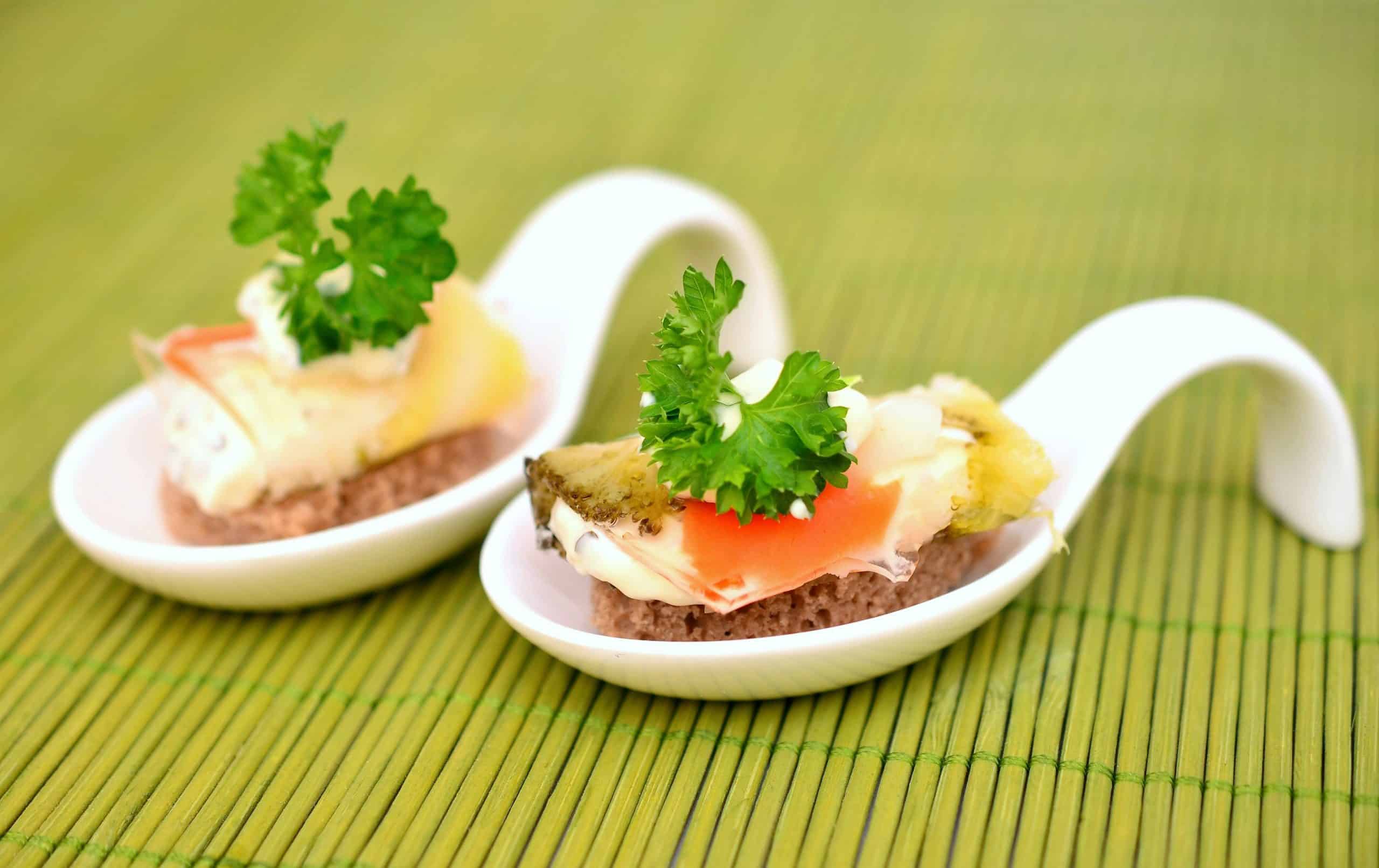Hey there, fellow food enthusiasts! Ever looked at a fancy dish on a cooking show, marveled at the spherification at play, and wondered how you could recreate that at home? You’re not alone. The world of molecular gastronomy can seem intimidating, what with its scientific terms and complex techniques. But what if we told you that it’s possible to dabble in this culinary science, right from your own kitchen?
This article invites you to step into the fascinating world of molecular gastronomy, simplify its techniques, and bring them into your everyday cooking.
Additional reading : How to Incorporate Ancient Grains into Gluten-Free Bread for Added Nutrition and Flavor?
What’s Cooking with Molecular Gastronomy?
Let’s first unpack this big, fancy term—molecular gastronomy. It’s essentially the culinary science that investigates the physical and chemical transformations of ingredients that occur in cooking. This field of study brings science into the kitchen, offering new methods and tools to whip up culinary masterpieces.
But don’t let the scientific jargon deter you. Molecular gastronomy is much more than lab coats and chemical reactions—it’s a creative and artistic approach to cooking.
Also to see : What’s the Best Approach to Pairing Uncommon Spices with Traditional Desserts?
Ingredients: Not Your Average Grocery List
One of the first steps to simplifying molecular gastronomy for home cooks is understanding the ingredients. Not your regular salt and pepper, these are special ingredients that bring the ‘science magic’ to your food.
Agar and Alginate: The Vegan’s Gelatin
Have you ever wondered how vegan options achieve the same jelly-like consistency without using animal products? The answer lies in two ingredients: agar and alginate. Both derived from seaweed, these powerful thickeners and stabilizers can help you create unique textures in your dishes. And the best part? They’re completely plant-based!
While agar is known for its gel-forming properties, alginate can create a liquid center within a gel—this is how the magic of spherification happens. These ingredients are the backbone of many molecular gastronomy techniques. Start with them, and you’re already halfway there.
Powder: The Secret Ingredient
Have you ever wanted to turn your favorite liquids into powders? With maltodextrin, you can! This natural carbohydrate derived from tapioca starch can absorb a high amount of fat, making it perfect for turning flavorful oils and fats into powders.
Imagine sprinkling bacon powder over your eggs, or adding olive oil powder to your pasta. The possibilities are endless, and it’s all thanks to the magic of molecular gastronomy.
Tools: More than Just Pots and Pans
When you think of cooking, you probably picture ordinary tools like pots, pans, and spatulas. But in the molecular gastronomy kitchen, tools take on a whole new meaning.
The Magic of Water Baths
Water baths are one of the most commonly used tools in molecular gastronomy. A water bath, also known as a bain-marie, is a pan of water in which another container is placed for slow cooking. Sous-vide, a cooking method that uses precise temperature control to achieve perfect, repeatable results every time, would be impossible without a water bath.
It may sound fancy, but a simple pot of water on your stove can work just as well.
Syringes and Pipettes: Culinary Precision
In molecular gastronomy, precision is key. This is where syringes and pipettes come into play. These tools allow for the precise application of liquids or gels, whether it’s adding a drop of flavor to a dish or creating a sphere of liquid encapsulated in a thin gel.
Sure, you may not have these lying around your kitchen, but they’re easily available online or at your local pharmacy.
Spherification: A Star Technique
One of the most popular techniques in molecular gastronomy is spherification. This process involves dropping a liquid mixed with alginate into a bath containing a calcium salt, forming a sphere with a liquid interior and a gel-like exterior.
Imagine popping a cherry tomato-sized sphere into your mouth, only for it to burst and fill your palate with a burst of intense flavor. That’s spherification for you.
The best part is, you don’t need a laboratory or a crystal cape to achieve this. All you need are the right ingredients and tools, a little patience, and a lot of curiosity.
So, fellow home cooks, are you ready to bring the world of molecular gastronomy into your kitchen? With this guide, we hope you’re feeling a little less intimidated and a lot more excited to embark on this culinary science adventure!
Introducing Freeze Dried and Carrageenan Powder: The Molecular Gastronomy Game Changers
Now that we’ve got you familiar with some basic molecular gastronomy ingredients and tools let’s take things a step further. Two words: freeze dried and carrageenan powder.
Freeze-drying is a process that removes water from a product after it’s frozen and placed under a vacuum. This allows the item to retain its shape, color, and most importantly, nutrition. It’s a popular method in the food industry, especially for preserving fruits, vegetables, and even meats. In the realm of molecular gastronomy, freeze-dried ingredients allow for concentrated flavors and interesting textures. Imagine the surprise of biting into a freeze-dried strawberry, expecting the usual squish, and instead experiencing a satisfying crunch followed by an intense burst of strawberry flavor. That’s the power of freeze-drying in molecular gastronomy.
Next up, carrageenan powder. Derived from red seaweed, carrageenan powder is another vegan-friendly thickener and stabilizer, much like agar and alginate. It’s commonly used in the food industry to provide texture and structure to products such as ice creams, jellies, and even vegan cheeses. With carrageenan powder in your molecular gastronomy toolkit, you can create culinary creations that not only tantalize the taste buds but also wow the eyes with their unique structures and textures.
The Role of Sodium Alginate and Potassium Alginate: Vegan Gelling and Thickening Agents
Let us introduce you to two more all-stars of molecular gastronomy—sodium alginate and potassium alginate. Both are salts derived from alginate, a substance obtained from seaweed.
Sodium alginate is a vegan-friendly gelling and thickening agent. It’s the key ingredient in the spherification process we mentioned earlier. By forming a gel in the presence of calcium ions, it allows you to encapsulate a liquid within a gel, creating a burst of flavor upon consumption.
Potassium alginate, on the other hand, also acts as a gelling and thickening agent. It’s often used in the food industry for its stabilizing properties.
With these two ingredients, your culinary creations can take on a whole new level of complexity and wow factor. So next time you’re whipping up a meal, why not sprinkle in a little sodium alginate or potassium alginate and see where your culinary creativity takes you?
Conclusion: Embracing Molecular Gastronomy in Your Kitchen
We hope this article has demystified the term molecular gastronomy for you and that you’re excited to incorporate some of these techniques and ingredients into your own cooking. Remember, molecular gastronomy isn’t about lab coats and complex scientific processes; it’s about creativity, innovation, and a willingness to experiment.
You don’t need a cape crystal to cook like a molecular gastronomy chef; just a good dose of curiosity and a dash of adventurous spirit. So grab your agar, your alginate, your maltodextrin, your syringes, your water bath, and your freeze-dried goodness, and let’s start cooking!
And remember, molecular gastronomy isn’t a rigid science; it’s an art. It’s all about pushing boundaries, exploring new flavors and textures, and most importantly, having fun in the kitchen. So don’t be afraid to experiment, make mistakes, and learn. That’s all part of the journey. Happy cooking, fellow home cooks!











